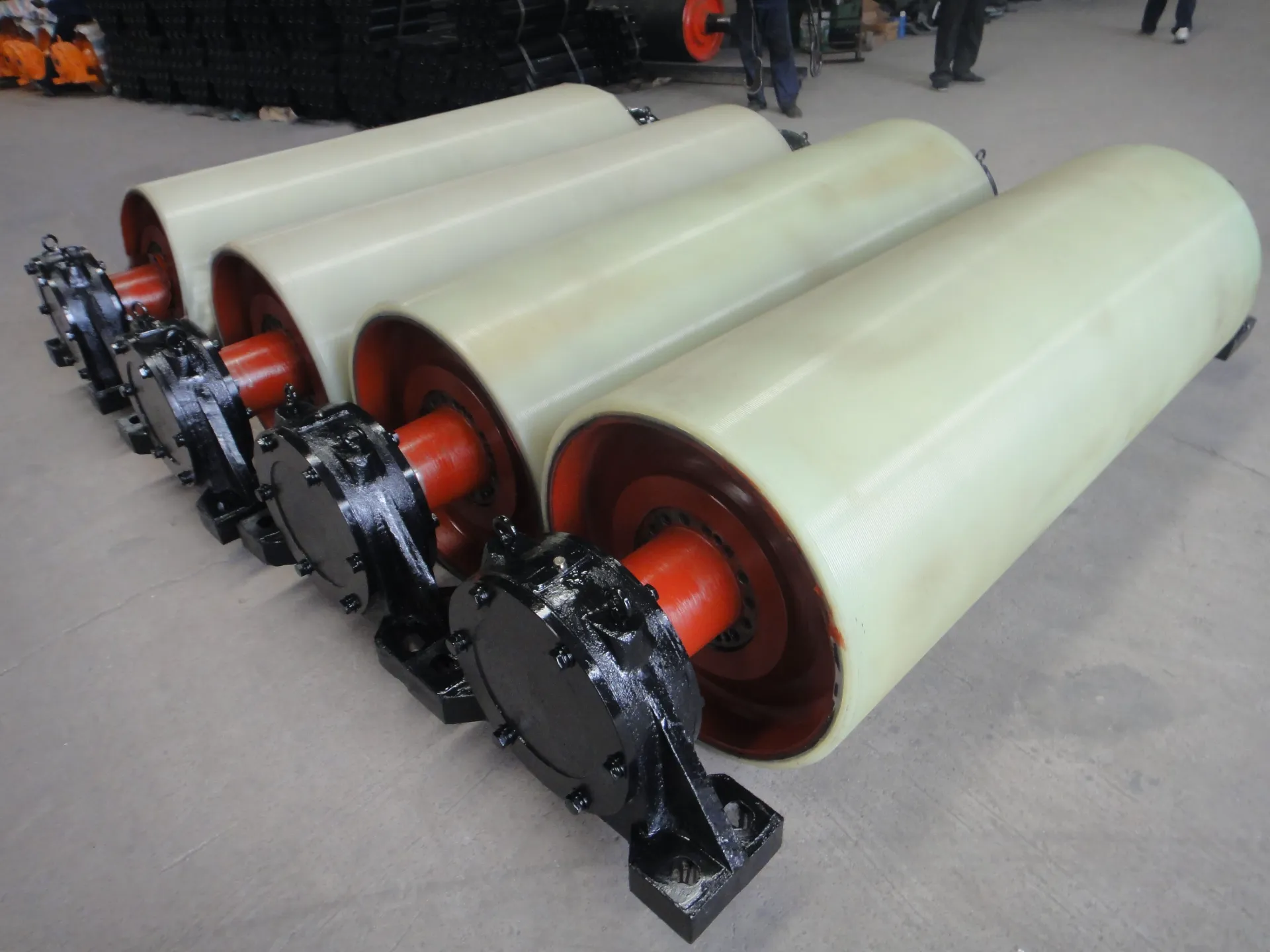 Afrikaans
Afrikaans  Albanian
Albanian  Amharic
Amharic  Arabic
Arabic  Armenian
Armenian  Azerbaijani
Azerbaijani  Basque
Basque  Belarusian
Belarusian  Bengali
Bengali  Bosnian
Bosnian  Bulgarian
Bulgarian  Catalan
Catalan  Cebuano
Cebuano  Corsican
Corsican  Croatian
Croatian  Czech
Czech  Danish
Danish  Dutch
Dutch  English
English  Esperanto
Esperanto  Estonian
Estonian  Finnish
Finnish  French
French  Frisian
Frisian  Galician
Galician  Georgian
Georgian  German
German  Greek
Greek  Gujarati
Gujarati  Haitian Creole
Haitian Creole  hausa
hausa  hawaiian
hawaiian  Hebrew
Hebrew  Hindi
Hindi  Miao
Miao  Hungarian
Hungarian  Icelandic
Icelandic  igbo
igbo  Indonesian
Indonesian  irish
irish  Italian
Italian  Japanese
Japanese  Javanese
Javanese  Kannada
Kannada  kazakh
kazakh  Khmer
Khmer  Rwandese
Rwandese  Korean
Korean  Kurdish
Kurdish  Kyrgyz
Kyrgyz  Lao
Lao  Latin
Latin  Latvian
Latvian  Lithuanian
Lithuanian  Luxembourgish
Luxembourgish  Macedonian
Macedonian  Malgashi
Malgashi  Malay
Malay  Malayalam
Malayalam  Maltese
Maltese  Maori
Maori  Marathi
Marathi  Mongolian
Mongolian  Myanmar
Myanmar  Nepali
Nepali  Norwegian
Norwegian  Norwegian
Norwegian  Occitan
Occitan  Pashto
Pashto  Persian
Persian  Polish
Polish  Portuguese
Portuguese  Punjabi
Punjabi  Romanian
Romanian  Russian
Russian  Samoan
Samoan  Scottish Gaelic
Scottish Gaelic  Serbian
Serbian  Sesotho
Sesotho  Shona
Shona  Sindhi
Sindhi  Sinhala
Sinhala  Slovak
Slovak  Slovenian
Slovenian  Somali
Somali  Spanish
Spanish  Sundanese
Sundanese  Swahili
Swahili  Swedish
Swedish  Tagalog
Tagalog  Tajik
Tajik  Tamil
Tamil  Tatar
Tatar  Telugu
Telugu  Thai
Thai  Turkish
Turkish  Turkmen
Turkmen  Ukrainian
Ukrainian  Urdu
Urdu  Uighur
Uighur  Uzbek
Uzbek  Vietnamese
Vietnamese  Welsh
Welsh  Bantu
Bantu  Yiddish
Yiddish  Yoruba
Yoruba  Zulu
Zulu Understanding the Functionality of Conveyor Impact Beds in Material Handling Systems
Understanding Conveyor Impact Beds Essential Components for Material Handling
In the realm of material handling, especially within industrial settings, the efficiency and safety of conveyor systems are paramount. One crucial component that significantly enhances the performance of conveyor systems is the conveyor impact bed. These specialized beds are designed to mitigate the effects of material impact on the conveyor belt during the loading process, leading to improved durability and reduced maintenance costs.
A conveyor impact bed is typically installed beneath the loading points of a conveyor system. Its primary purpose is to absorb the kinetic energy generated when materials are dropped onto the conveyor belt from varying heights. Without an impact bed, the force exerted by falling material can lead to damage to the conveyor belt and its supporting structures. This can result in increased wear and tear, necessitating frequent repairs or replacements, which can be both time-consuming and costly.
Impact beds are engineered to provide a robust support system. They are constructed from durable materials, often featuring a series of impact-absorbing elements. These elements may include rubber or polyurethane strips that help to cushion the load as it makes contact with the belt. The design of the impact bed allows for the distribution of forces over a wider area, effectively reducing localized stress that could otherwise lead to belt failure.
In addition to protecting the conveyor belt, impact beds also play a significant role in maintaining the alignment and position of the material being transported. By stabilizing the load during the transfer process, these beds ensure that the materials remain centered on the belt, thereby reducing the risk of spillage and enhancing overall operational efficiency. This aspect is particularly important in environments where materials are being conveyed at high speeds or where the geometry of the material could lead to misalignment.
conveyor impact bed

Another vital consideration in the design of conveyor impact beds is their adaptability to different environments and material types. For instance, impact beds can be customized to suit various sizes, weights, and shapes of materials, from bulk aggregates in construction to delicate products in packaging industries. This versatility enables businesses to implement conveyor systems that are not only efficient but also tailored to their specific operational needs.
Moreover, the installation of impact beds can lead to better workplace safety. As materials are less likely to spill or bounce off the conveyor due to the cushioning effect of the impact bed, the risks associated with falling materials are significantly reduced. This contributes to a safer working environment, minimizing the chance of accidents that could lead to injuries or damage to equipment.
Maintenance is another area where conveyor impact beds shine. Regular inspections and minor adjustments can ensure that these beds function optimally, extending their lifespan and that of the conveyor system as a whole. Many modern impact beds are designed for easy access, allowing maintenance personnel to quickly identify any wear or damage that may necessitate attention.
In conclusion, conveyor impact beds are a vital component of modern material handling systems. By absorbing impact, preserving the integrity of the conveyor belt, ensuring load stability, and promoting workplace safety, they contribute significantly to the efficiency and longevity of conveyor operations. As industries continue to evolve and demand more from their material handling equipment, the importance of investing in high-quality impact beds cannot be overstated. They not only enhance the operational capabilities of conveyor systems but also play a critical role in maintaining safety standards and minimizing costs in the long run.
-
Revolutionizing Conveyor Reliability with Advanced Rubber Lagging PulleysNewsJul.22,2025
-
Powering Precision and Durability with Expert Manufacturers of Conveyor ComponentsNewsJul.22,2025
-
Optimizing Conveyor Systems with Advanced Conveyor AccessoriesNewsJul.22,2025
-
Maximize Conveyor Efficiency with Quality Conveyor Idler PulleysNewsJul.22,2025
-
Future-Proof Your Conveyor System with High-Performance Polyurethane RollerNewsJul.22,2025
-
Driving Efficiency Forward with Quality Idlers and RollersNewsJul.22,2025





























